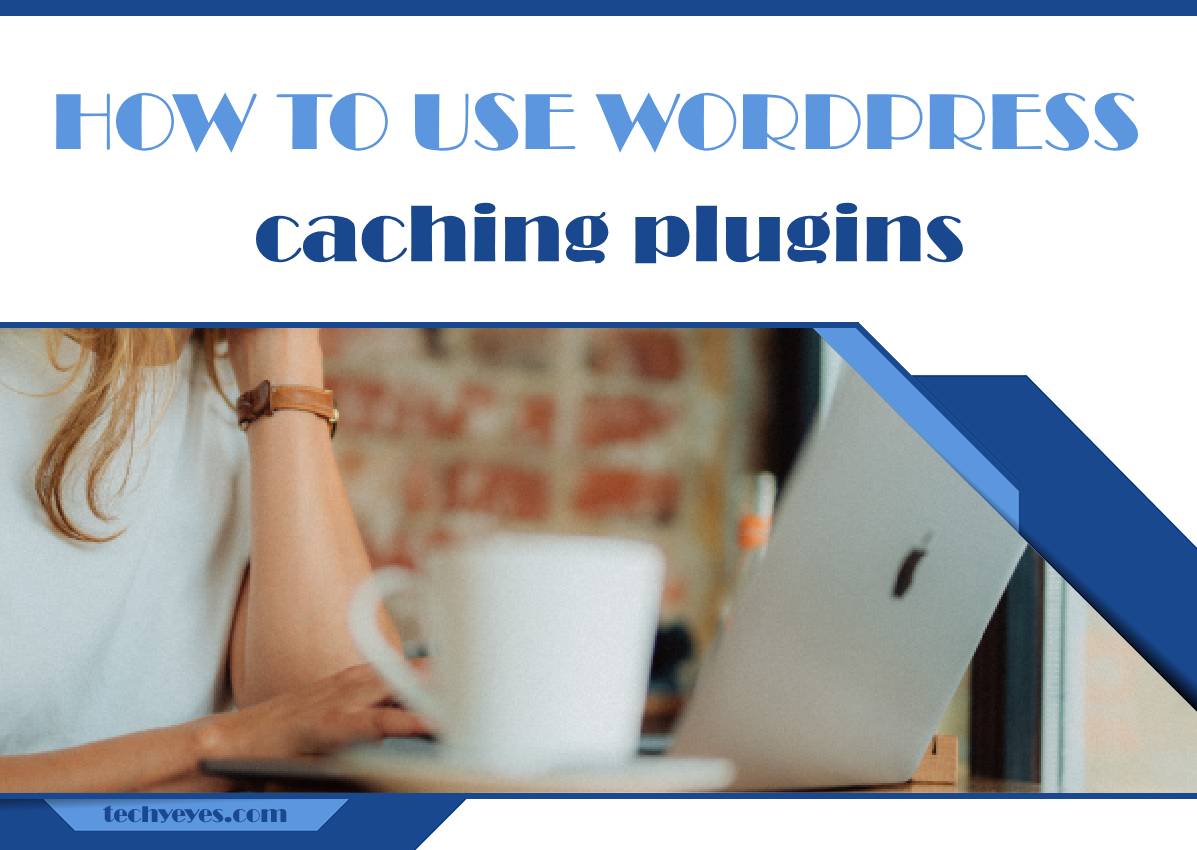In the fast-paced world of the internet, website speed is paramount. Slow-loading websites not only frustrate users but can also impact search engine rankings. One effective strategy to boost your WordPress site’s speed is the strategic use of caching plugins. In this comprehensive guide, we’ll explore the importance of caching, the benefits of caching plugins, and a step-by-step approach to implementing them on your WordPress site.

1. Understanding the Need for Caching
The Importance of Speed
– Users expect websites to load quickly. A delay of just a few seconds can lead to higher bounce rates and a negative impact on user experience. Additionally, search engines like Google consider page speed as a ranking factor.
How Caching Works
– Caching involves storing a static version of your website’s content, reducing the need to generate the page dynamically for each visitor. This static version is then served to subsequent users, significantly speeding up load times.
2. Benefits of Using Caching Plugins
Improved Page Load Times
– The primary benefit of caching plugins is the significant improvement in page load times. By serving cached content, the need for dynamic generation is minimized, resulting in faster rendering for users.
Reduced Server Load
– Caching reduces the server load by minimizing the processing required to generate pages on the fly. This is particularly advantageous during traffic spikes or high user activity periods.
Bandwidth Savings
– Cached content consumes less bandwidth as static files are smaller in size compared to dynamically generated pages. This is beneficial for both site owners and users with limited data plans.
Positive SEO Impact
– Speed is a known ranking factor for search engines. A faster site can contribute to improved search engine rankings, potentially boosting your site’s visibility.
3. Choosing the Right Caching Plugin
Popular Caching Plugins
– Several caching plugins are available for WordPress. Some popular choices includ W3 Total Cache, WP Super Cache, and Cache Enabler. Research and choose a plugin that aligns with your site’s specific needs and your technical expertise.
Considerations for Selection:
– Factors such as ease of use, compatibility with your hosting environment, and the features offered (like browser caching, CDN integration, and mobile optimization) should influence your decision.

4. Step-by-Step Guide to Implementing Caching
Plugin Installation
– Begin by installing your chosen caching plugin. This can be done directly from the WordPress dashboard by navigating to “Plugins” and then “Add New.” Search for your preferred plugin, install it, and activate it.
Configuring Basic Settings
– Most caching plugins offer default settings that work well for many sites. However, it’s essential to review and adjust settings based on your site’s specific requirements. Common options include page caching, browser caching, and minification.
Testing and Optimization
– After configuring the basic settings, conduct thorough testing to ensure that your site functions correctly. Monitor load times and address any issues that may arise. Some plugins also offer advanced features like object caching and database caching, which you can explore for additional optimization.
Content Delivery Network (CDN) Integration
– Consider integrating a CDN with your caching plugin for enhanced performance. CDNs distribute your site’s static files across servers worldwide, reducing latency for users regardless of their geographical location.
Regular Maintenance
– Regularly update your caching plugin and review its settings to ensure optimal performance. Additionally, clear the cache whenever you make significant updates to your site to ensure that users see the latest content.
5. Common Challenges and Troubleshooting
Compatibility Issues
– Some plugins or themes may not be fully compatible with caching solutions, leading to display issues. If you encounter problems, consider excluding specific pages or elements from caching.
SSL and HTTPS Considerations
– If your site uses SSL (Secure Socket Layer) or HTTPS, ensure that your caching plugin is configured to handle these protocols correctly. SSL can impact caching, and appropriate settings adjustments may be necessary.
Testing Tools
– Utilize online tools such as Google PageSpeed Insights, GTmetrix, or Pingdom to regularly assess your site’s performance. These tools provide insights into various aspects of your site’s speed and suggest optimizations.
In the dynamic landscape of the internet, website speed is a critical factor influencing user satisfaction and search engine rankings. Harnessing the power of caching through WordPress caching plugins is a proactive and effective strategy to accelerate your site’s performance. By understanding the importance of speed, choosing the right caching plugin, and following a step-by-step implementation guide, you can significantly enhance your WordPress site’s speed, providing users with a seamless and enjoyable browsing experience.

